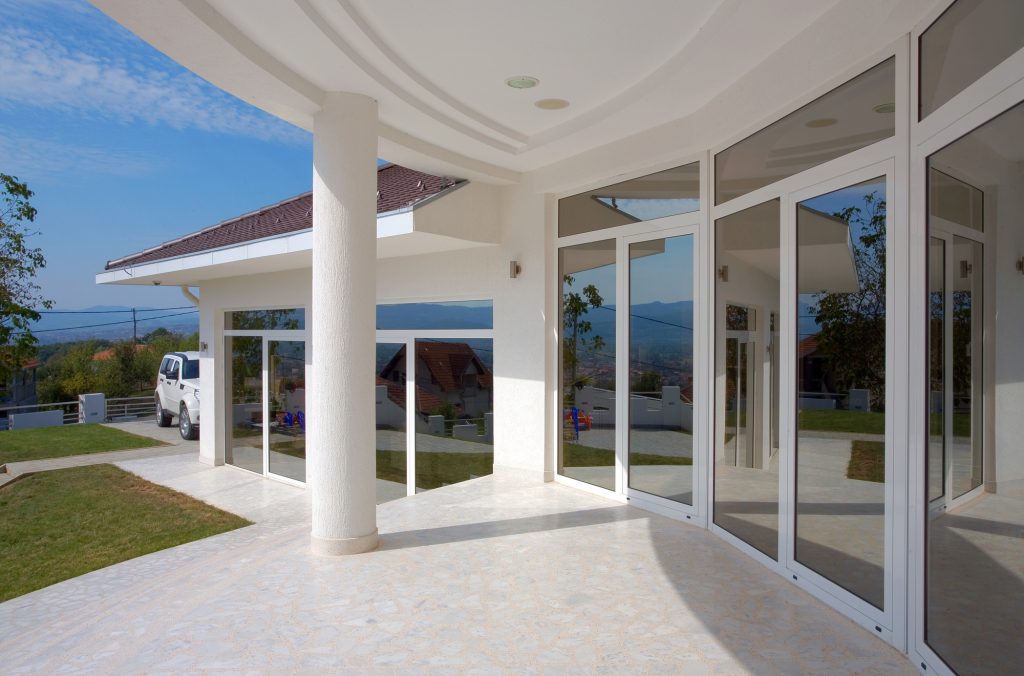What You Don’t Know About Residential vs. Commercial Windows
Are you aware of the differences between commercial windows and residential windows?
If not, you’re in the right place. The differences between commercial and residential windows include construction materials, costs, durability, and energy efficiency.
A lot of these things come down to the fact that commercial windows need to withstand greater stress from things like wind and solar exposure. However, there are some differences that you’re probably not aware of. Read on to find out more!
Materials and Structure
Windows for commercial buildings need to withstand greater levels of environmental forces than residential buildings. This has a big impact on the materials and structure used in their construction.
The most important factors that affect commercial window construction are:
- Higher levels of solar heat
- Exposure to high-force winds
There are a number of different window technologies designed to meet these specific needs. The most common are:
- Specialized glazing
- Gas buffer zones for insulation
- High tensile glass
- Metal reinforcement of window structure
Energy Efficiency
Commercial buildings generate a lot more internal heat than residential buildings. This heat comes from the large numbers of people inside, continuous use of machinery such as computers and photocopiers, as well as increased access to sunlight.
For these reasons, a commercial window needs to use a special glaze to limit the amount of solar heat gain in the building. If the window does not perform this function, then the HVAC system of the building will need to work much harder to regulate internal temperatures.
Cost
The cost of commercial windows is greater than residential windows. This is because commercial windows need to be constructed from higher-grade materials to meet the North American Fenestration Standard.
Also, since commercial windows are often exposed to greater wind and sunlight (if they are used in taller buildings), they need to have a higher level of durability. These factors mean that a commercial window costs more to produce and install.
Durability
For the reasons mentioned above, a commercial building window is much more durable than residential windows. They should be stronger, last longer, and moderate energy efficiency over a longer period of time.
However, it is also important that windows are given regular upkeep to protect the external glazing of the windows. Regular window washing maintains the glaze and contributes to greater short-term energy efficiency and long-term durability.
Now You Can Spot a Commercial Window
You should now have a good grasp of the main differences between commercial and residential windows. Having the right window is important to meet relevant legal standards, improve the building’s energy efficiency, and reduce overall costs.
It’s important to remember that you don’t need to invest a lot of money in a commercial-grade window if you don’t need it. This is significantly going to increase costs, and you will not be benefiting from the advanced technologies it uses.
Now that you’re informed continue to browse and check out some of our other informative articles.

